Strong and revolutionary ideas
George Marshall was not a very engaged student growing up; however, as a teen he decided to enroll in the U.S. Military Academy. His father was in the wrong political party to obtain a Congressional nomination in Pennsylvania at the time, so Marshall set his sights on the Virginia Military Institute — much to his brother Stuart’s dismay. Stuart had graduated from VMI several years before, and argued to his parents that George would ruin the family name as he was such a poor student.
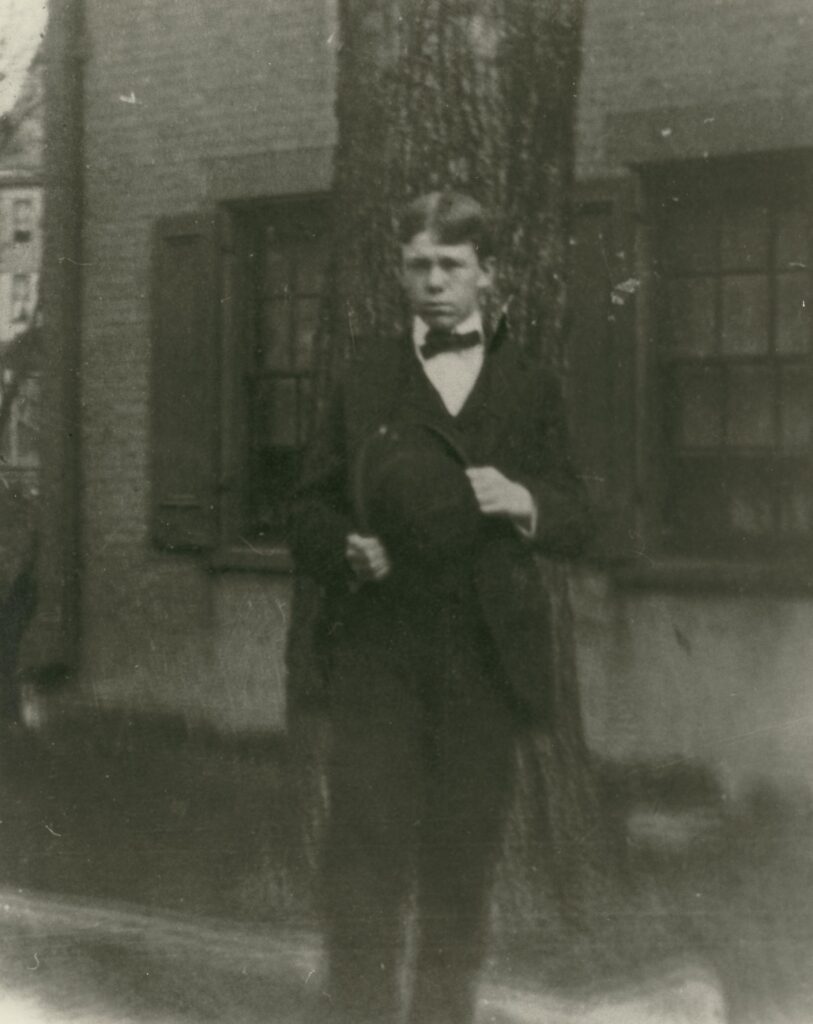
George Marshall in Uniontown, PA, shortly before his entry into VMI.
At 16 years of age, George came to VMI anyway, arriving late as he had been sick with typhoid. Marshall was only a fair student at VMI but he discovered a talent for leadership. He was First Sergeant his third year, and Cadet Captain his last year. There was no ROTC program for commissioning, so he had to take a War Department exam on graduation. He’d been a decent-enough student that he passed and was commissioned a 2nd lieutenant in the Infantry.
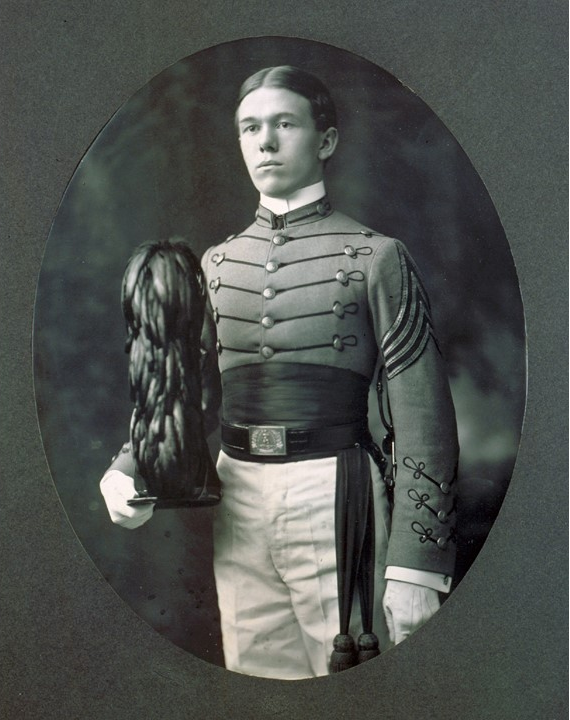
Virginia Military Institute Cadet George Marshall. Source unknown.
His years of schooling weren’t over, though; in 1906 2nd Lt. Marshall applied for and received a slot at the School of the Line at Fort Leavenworth, KS, one of the last lieutenants to attend what is now called Command and General Staff College. It was here that Marshall worked hard to become a good student. He’d overheard some classmates talking about who’d be top graduate and invited back for a second year, and his name was not mentioned. He studied long into the night, and when he would get sleepy, he would polish his boots. “I had some very shiny boots,” he commented. It was during this time that Marshall became a devoted reader (he liked Westerns) and lifelong learner.
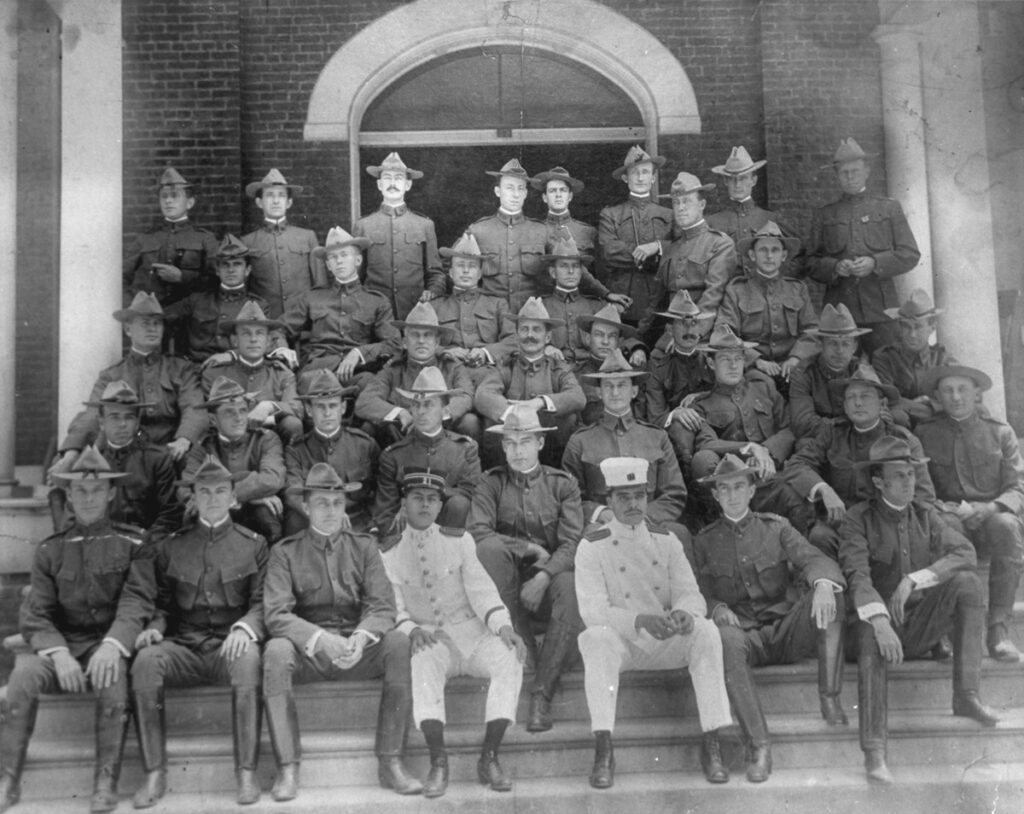
Lt. George Marshall (second from left, next to top row) with classmates at Fort Leavenworth, KS.
Marshall’s hard work paid off, and he graduated first in his class. He was asked to stay for a second year, and then asked to stay as an instructor. He pinned on 1st lieutenant in 1908, seven years after graduating from VMI. Even with this promotion, he was far junior in rank to his students, some of whom served as general officers in World War I.
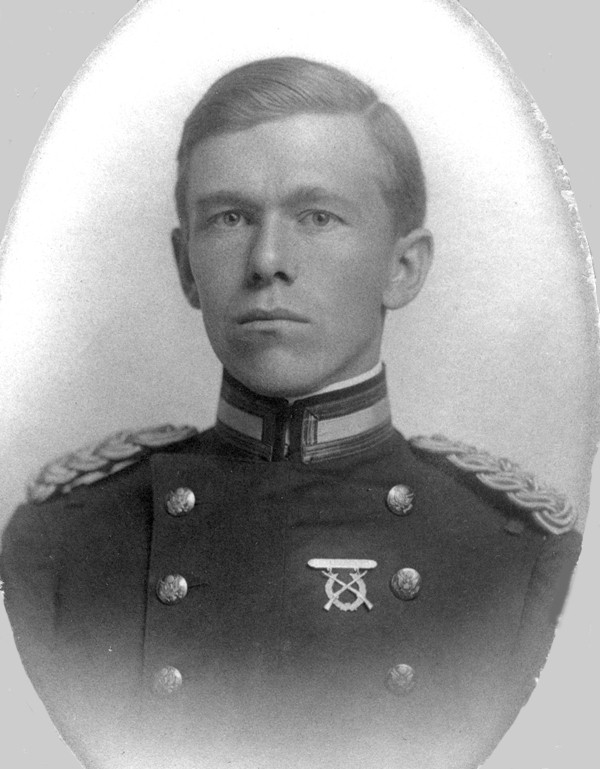
Lt. George Marshall at Fort Leavenworth, KS, c1907.
In 1912, Marshall was stationed at Fort Logan H. Roots in North Little Rock, AR. The high point of his six months’ stay came with the organization of a postgraduate garrison school, which won praise in the Inspector General’s report on the post as “a model course of instruction,” as he told his biographer Dr. Forrest Pogue:
“I was allowed certain freedom of action. I organized the school in my own way and got a very satisfactory reaction there and a very favorable report on it. I also got in trouble; because somebody senior–the battalion commander–was a little bit irritated; opposed to any young man having much to say about how you trained.”
Marshall didn’t attend Army War College, but he was an instructor there for a time in 1927. He asked for a transfer after his wife, Lily, died suddenly and he was struggling living in a place so filled with memories.
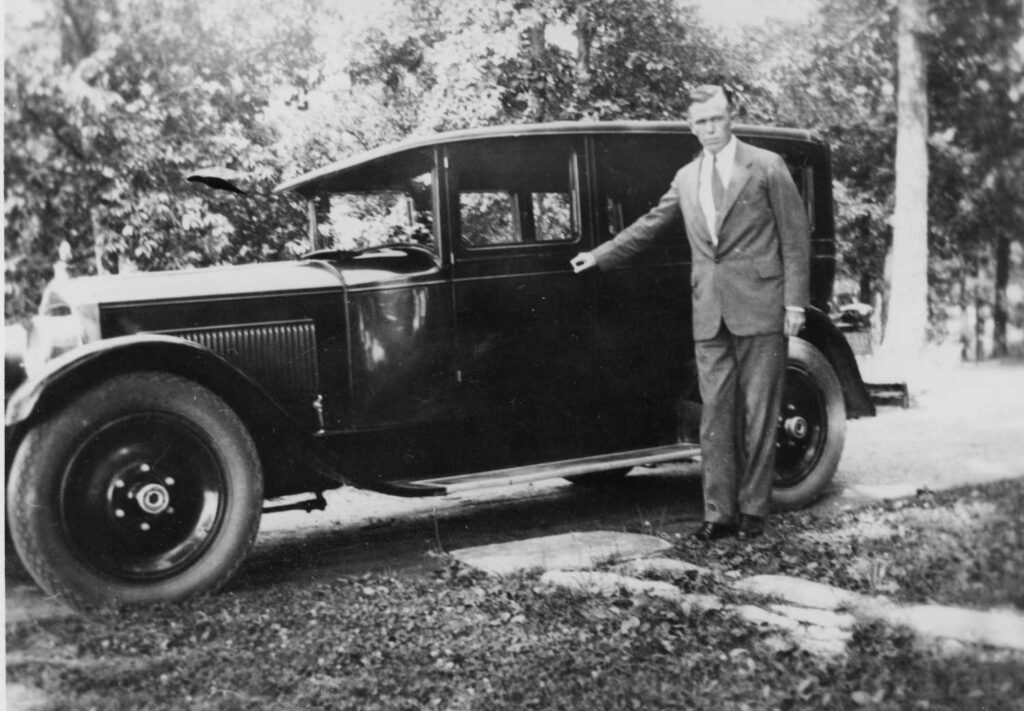
Lt. Col. George Marshall in 1927.
Marshall was assigned as the Assistant Commandant at the Infantry School at Fort Benning, GA. He had “strong and revolutionary ideas, many of which had been developing … for some years,” and now he was able to apply these ideas to the training of officers.
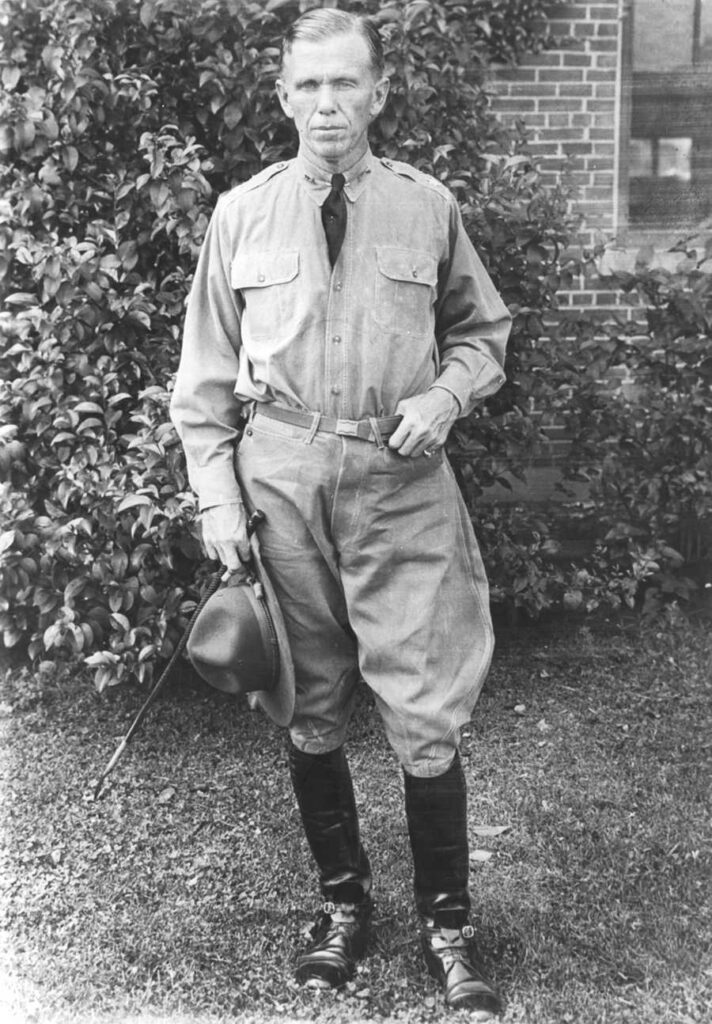
Lt. Col. George Marshall at the Infantry School at Fort Benning, GA, c1930.
He spent the next five years rewriting the curriculum to prepare young officers for the reality of service in the modern Army based on his experiences in World War I and the advances in technology since. He wanted the student officers to think on their feet and make choices quickly. Marshall was fond of having field problems without sufficient maps, and asking officers to make a report with no preparation.
He explained to the students
“Picture the opening campaign of a war. It is a cloud of uncertainties, … congestion on the roads, strange terrain, lack of ammunition and supplies at the right place at the right moment, failures of communications, terrific tests of endurance, and misunderstandings in direct proportion to the inexperience of the officers. Add to this a minimum of preliminary information of the enemy … poor maps, and a speed of movement or in alteration of the situation, resulting from fast flying planes, fast moving tanks, armored cars, and motor transportation in general. There you have warfare of movement such as swept over Belgium or Northern France in 1914. That, gentleman, is what you are supposed to be preparing for.”
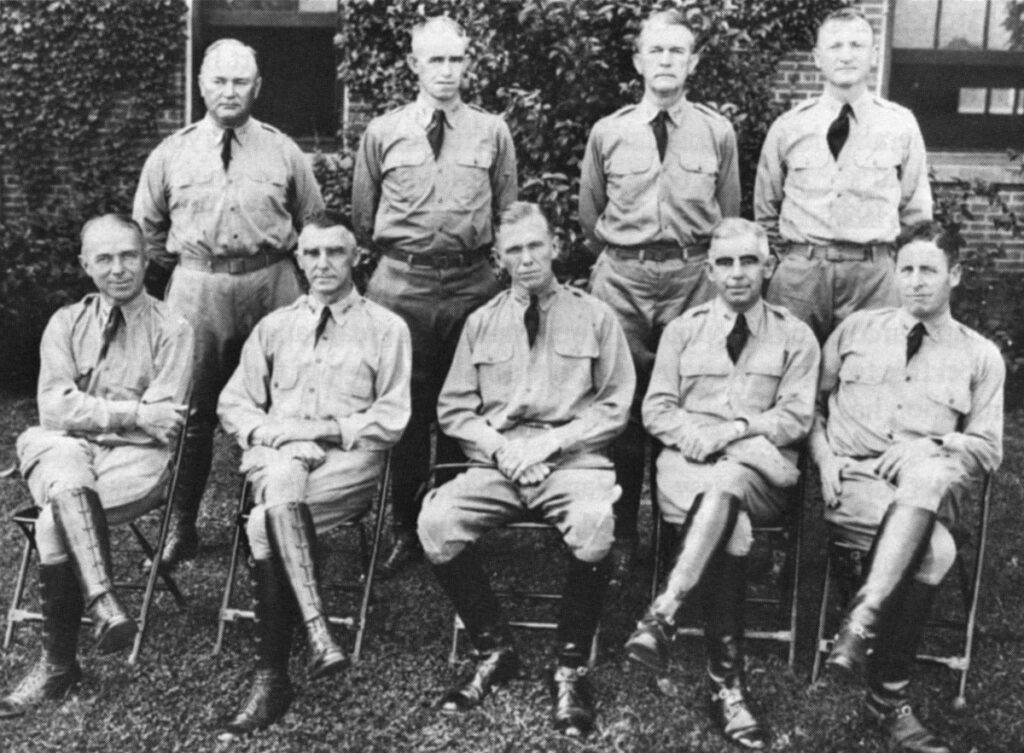
Instructors from Tactics and Weapons Sections, Infantry School. Ft. Benning, GA. First row, left to right: M.C. Stayer, J.W. Stilwell, Marshall, W.F. Freehoff, E. F. Harding. Second row, left to right: Howard Liston, Omar Bradley, Emil Leard, Freemont Hodson.
Marshall had no idea the lessons he was teaching would be useful quite so soon, as many staff and graduates would figure heavily in the planning and fighting of World War II.
Melissa has been at GCMF since fall 2019, and previously was an academic librarian specializing in history. She and her husband, John, have three grown children, and live in Rockbridge County with two large rescue dogs. Keep up with her @MelissasLibrary.
